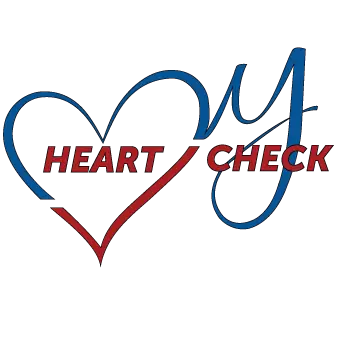About SCA
Sudden Cardiac Arrest (SCA) often happens without warning, and when it happens, it is often devastating. It can happen to anyone, anywhere and at any time. SCA can strike regardless of age, race or gender, affecting all ages from infants to seniors.
The simple truth is that SCA strikes almost six million people a year around the world. With a survival rate of five percent or less, SCA is responsible for more deaths than breast cancer, lung cancer, and HIV/AIDS combined. It occurs abruptly and without warning, with 84 percent of SCA events occurring away from a healthcare setting.
In the event of SCA, time is critical. An American Heart Association study showed that for every minute defibrillation is delayed, the victim’s chance of survival decreases by seven to ten percent. After 10 minutes, typical SCA survival rates could potentially drop to zero without any intervention. With ambulance response rates typically beyond the 10-minute target, the most likely lifesaving scenario remains in the hands of bystanders.
Automated external defibrillators (AEDs) can be used by minimally trained bystanders to increase the survival rate for SCA up to 75 percent by delivering a life-saving shock within the first few minutes of an attack. These portable devices sometimes are found in public places, such as shopping malls, golf courses, businesses, airports, airplanes, casinos, convention centers, hotels, sports venues, and schools. However, AEDs are still not widely available.
Sudden Cardiac Arrest FAQ
What Is Sudden Cardiac Arrest?
Sudden Cardiac Arrest (SCA) is a malfunction of the heart’s electrical system, which causes it suddenly and unexpectedly to begin to beat rapidly, then erratically, and finally to stop altogether. Two of the most common onsets are a rapid heartbeat called ventricular tachycardia (VT) and a chaotic heart rhythm called ventricular fibrillation (VF). When this happens, the heart cannot pump blood effectively. As such, blood flow to the brain is compromised and the victim quickly loses consciousness.
During SCA, CPR alone will not restart the heart. Cardiac defibrillation within minutes is the only effective means to restart the heart. Survival from cardiac arrest decreases ten percent with each minute from the time of collapse to defibrillation.
Is SCA the same as a heart attack?
No. A heart attack is when a blockage in an artery results in a lack of oxygen to the heart muscle, ultimately causing damage. Heart attack victims may experience chest pain and usually remain conscious. Heart attacks are serious and can lead to SCA. However, SCA may occur independently from a heart attack and without warning. SCA can result in death if not treated immediately.
What is defibrillation?
Defibrillation is the delivery of lifesaving electrical energy to the heart during an abnormal rhythm. Electrical energy is passed through the heart from electrodes placed on the chest and can help restore a natural sinus rhythm.
Who is at risk?
People with the highest risk are those with a personal or family history of heart problems, coronary artery disease, diabetes or stroke. However, SCA is unpredictable and can strike anyone, anytime, anywhere – large or small individuals, smokers, non-smokers, ill or healthy. A significant number of young people die from SCA every year; many are unaware that they have heart issues prior to an event. SCA often occurs in active, outwardly healthy people with no known heart disease or other health problems.
If SCA occurs, can CPR save the victim?
It is a common misconception to believe that CPR alone and calling the emergency services is enough. CPR is a temporary measure that maintains blood flow and oxygen to the brain. It will not return a heart to a normal rhythm during ventricular fibrillation (VF). The key to survival is defibrillation – and the sooner the better. Only defibrillation can restart a heart to a normal rhythm.
What does a defibrillator do?
A processor inside the AED analyzes the victim’s heart rhythm through adhesive electrodes placed on the patient’s chest and advises if a shock is required. If a shock is needed, an electric current is then delivered to the heart through the victim’s chest wall via the adhesive electrode pads.
Cardiac defibrillators, like the HeartSine PAD, are specifically designed not to shock unless a lifesaving shock is required.
The shock delivered by a cardiac defibrillator helps restore a normal sinus rhythm (a normal heart beat).
Why do you need a HeartSine Automated External Defibrillator?
The HeartSine device can be used by anyone, anytime, or anywhere to administer a lifesaving shock to victims of Sudden Cardiac Arrest. With CPR alone, the chance of survival after SCA is less than five percent; however, when CPR is combined with the use of a cardiac defibrillator within the first few minutes, the chance of survival can increase dramatically to more than 75 percent.
Having a HeartSine PAD on the premises gives the victim the best chance of survival until paramedics arrive and take over care.
HeartSine defibrillators save lives!
